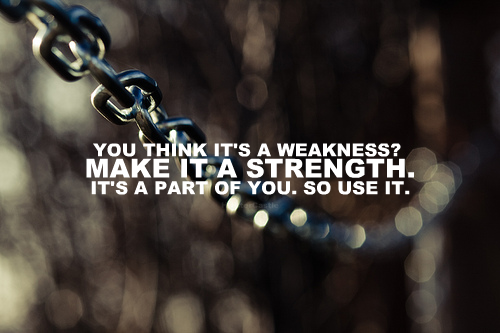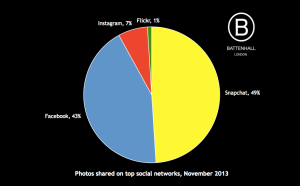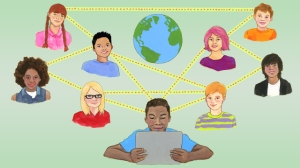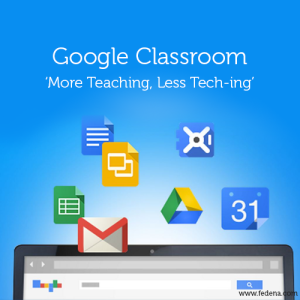By Zach Lonsinger and Jeff Puhala
Project Deliverable for Penn State’s ID-2-ID Program
“Mentoring is a brain to pick, an ear to listen, and a push in the right direction.”
– John C. Crosby
As any grand adventure, our journey began shooting for the stars. We immediately agreed on creating a presentation based around our experiences working on the Canvas Project. The goal of this presentation was to create something that could also duel as a conference proposal/presentation. This goal lasted until our first in-person meeting at Starbucks. Over two highly-caffeinated beverages, we transitioned our focus to a research project that would examine the presence of an instructional designer(s) at each Penn State college and campus. Do colleges/campuses with instructional designers experience higher faculty satisfaction compared to colleges/campuses without any instructional design support? How does this factor into course development? Student engagement? All great questions, all very time consuming research!
Well, the caffeine wore off and the holidays arrived. Before we knew it, we were coming back from holiday break. Reenergized, we were ready to tackle our little monster of a research project! However, January was full throttle for the both of us. New semester meant new courses, and new courses meant an influx in Canvas trainings and course conversions. Trainings happened and courses were converted, we drank more coffee and one of us accepted and started a new position (keep reading to find out who!), and then it was February. Whoops. What about our research project?! It’s a good thing the Horizon Report is published in February.
Zach: “Let’s do a shared reading and blog reflection on the Horizon Report.”
Jeff: “Great idea. We could even compare it to our current work on the Canvas Project.”
Zach: “There’s even a section on ‘Next-Generation LMS’. Perfect.”
And now here we are, drinking what may or may not be coffee, illustrating our grand adventures through this wonderful program. So, what did we do? Here are some more over-caffeinated thoughts on our ID-2-ID experiences. Enjoy!
Our collaboration has been unique because we both worked on the Canvas Project. Jeff served as a trainer at the beginning of the mentorship program and Zach served as an instructional designer. The joint collaboration led to increased productivity in training, course conversion, and networking across Penn State.
During our mentorship experience, we met in person and talked frequently at Canvas training sessions, which Jeff led and Zach assisted, through email and on Yammer chat. During one event, we had the privilege to travel together to the Worthington-Scranton campus with a third Canvas team member for a training session. The combination of in-person and virtual conversations led to a rich experience.
Our conversations revolved around job searching and the skills and training needed by an instructional designer to successfully find a full-time position. While Zach served in a temporary role as an instructional designer, Jeff was in a temporary role as a trainer. We spoke frequently about the skills needed to transition from trainer to instructional designer. Jeff completed LDT415A through the Penn State World Campus and used Zach’s exemplar project, included in the course, to learn how to design training materials and academic courses using the Dick Carey and Carey model, or ADDIE. Jeff’s team project received a near perfect score at the end of the semester and introduced him to the development process used in the instructional design setting.
The continual conversations and mentorship paid off. Jeff applied for an instructional designer position at the College of Nursing, where Zach used to work as an instructional production specialist. Jeff was able to learn about the College of Nursing through Zach’s positive experiences as an instructional production specialist. As part of the interview process, Jeff used the LDT 415A final project as part of the requested work sample. The College of Nursing offered Jeff the position, which he accepted and now works at full-time.
Zach continued to collaborate with Jeff in his new role. The College of Nursing course conversion was underway; however, prior to Jeff’s arrival, the College of Nursing did not utilize the services of TLT where Zach served as an instructional designer. Collaboration between the TLT course conversation team and the College of Nursing is underway at the time of this writing. This collaboration went smoothly due to the relationships developed in the ID-2-ID program.
We believe the ID-2-ID program can benefit both the mentor and mentee. While Zach helped Jeff with training sessions, Zach also developed and delivered his first online and in-person training session, and his first conference presentation. Zach tapped into Jeff’s reservoir of conference experiences, as Jeff has presented at multiple conferences. Our conversations were a key element in the success of Zach’s first presentations. These experiences and conversations expanded Zach’s skillset as an instructional designer and trainer. We still plan to co-present at a future conference.
We are thankful to have been paired together. Our skillsets were different, but complimentary. We learned from each other and advanced our careers. We are proud to have been associated with the ID-2-ID program and look forward to continued collaboration.









